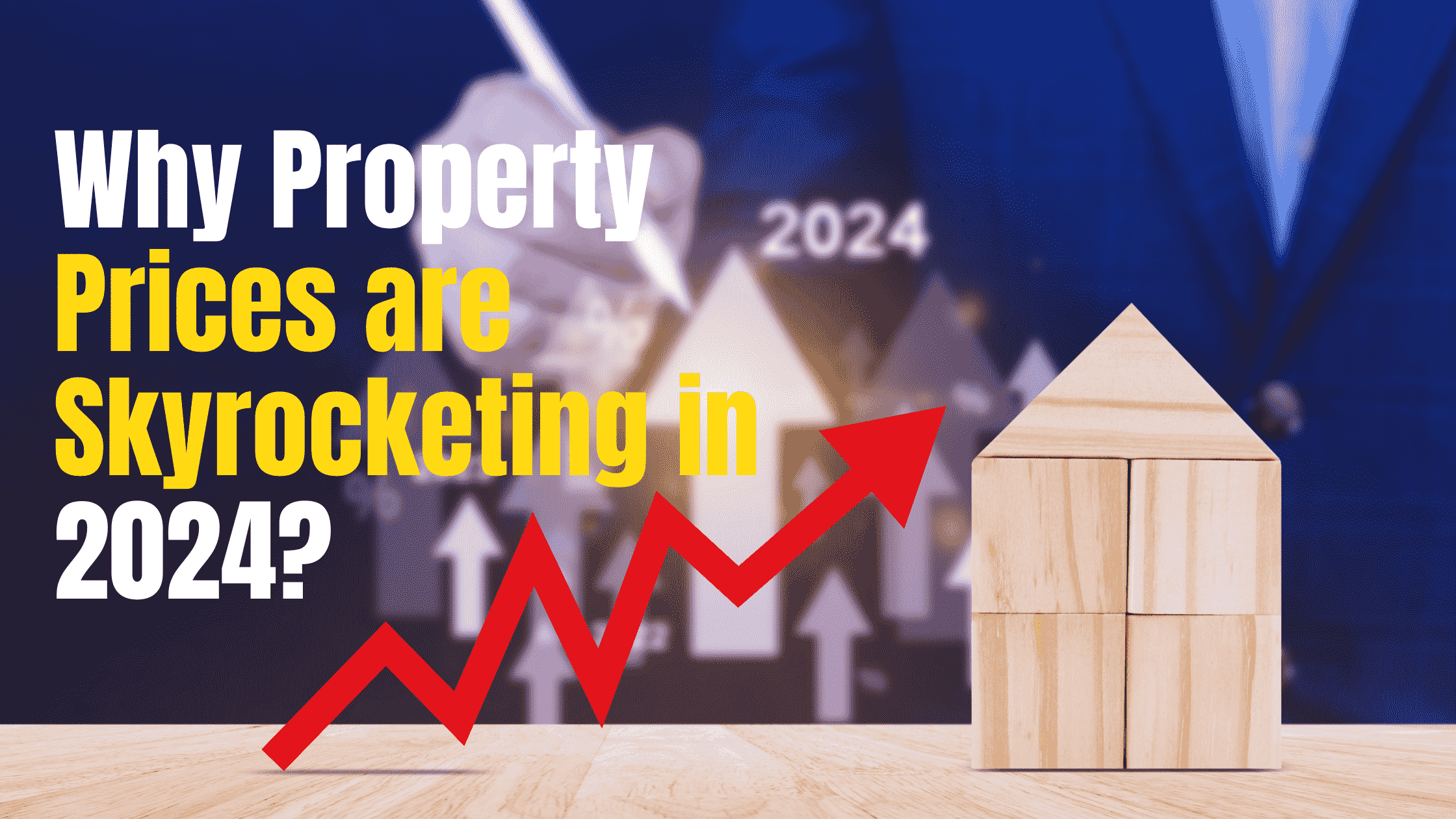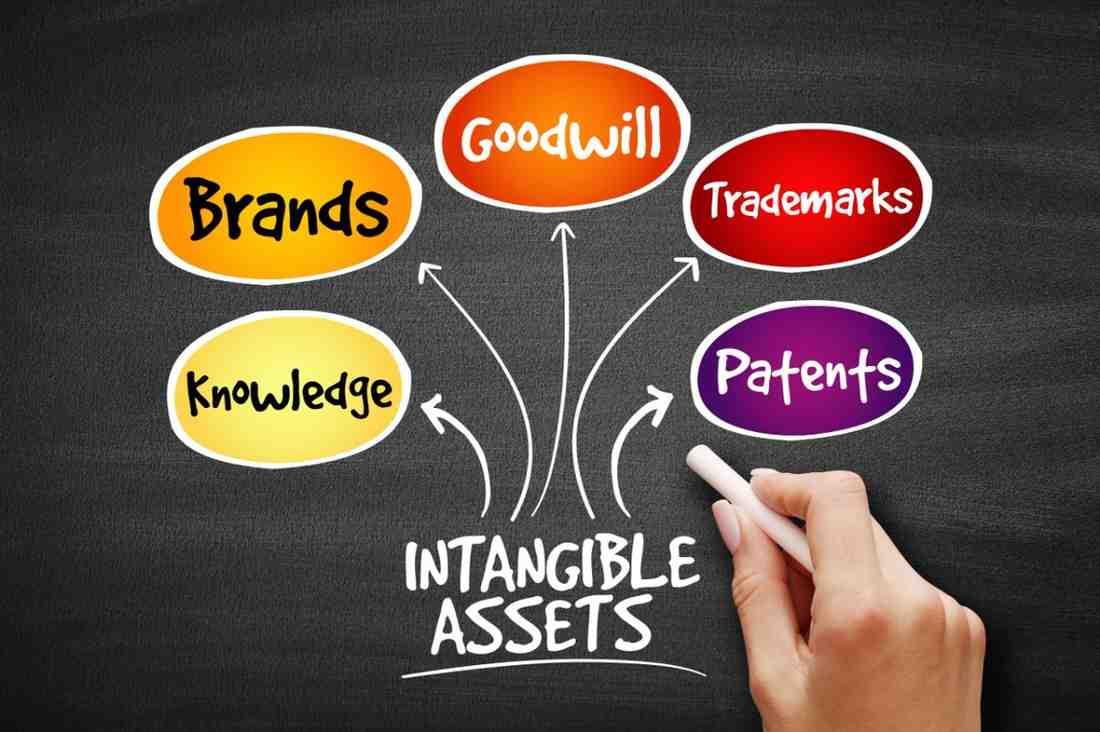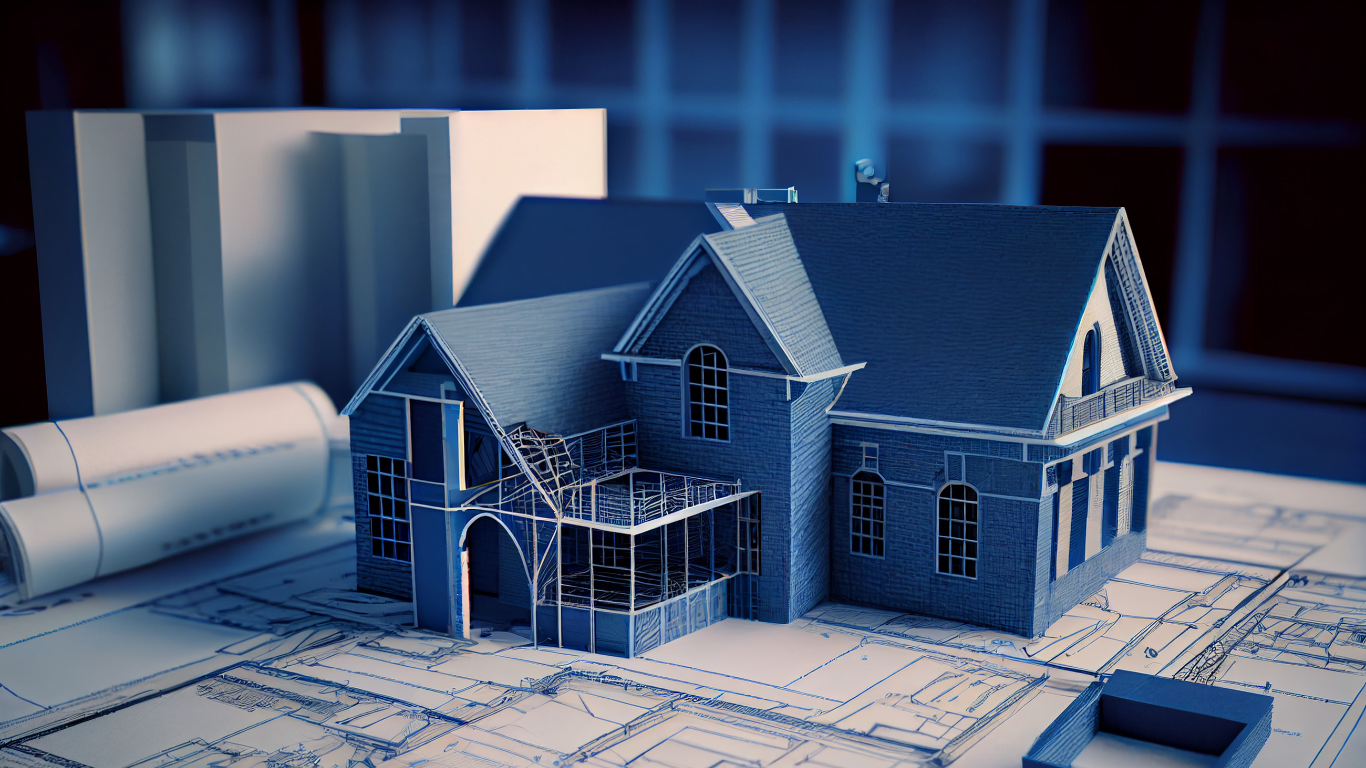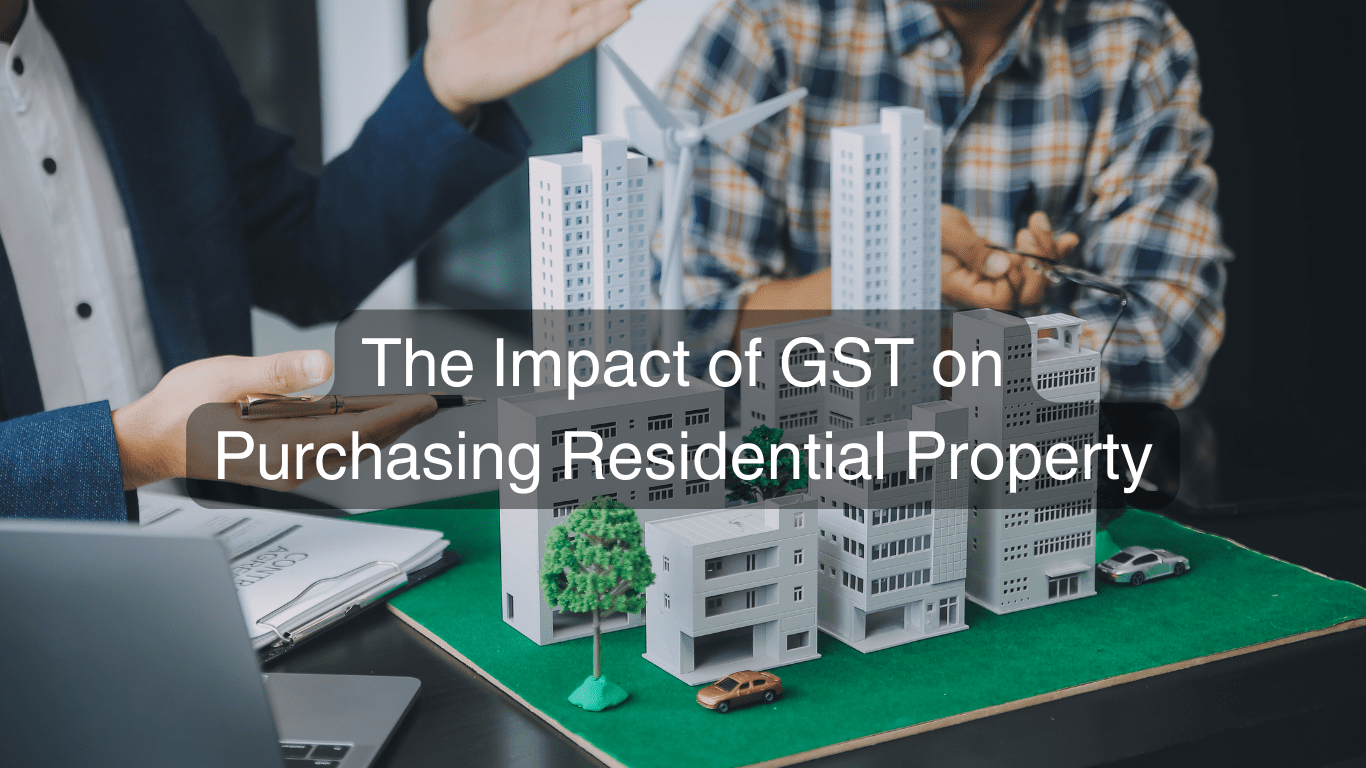The property market in 2024 has seen unprecedented growth, with property prices skyrocketing across various regions.

The property market in 2024 has seen unprecedented growth, with property prices skyrocketing across various regions. This surge has left potential homebuyers and investors both excited and anxious. Understanding the reasons behind this surge and knowing what steps to take can help navigate this dynamic market effectively.
The Factors Driving Property Price Increase
1. Economic Recovery Post-Pandemic
After the global economic downturn caused by the COVID-19 pandemic, economies are rebounding. The increased economic activity and consumer confidence have led to higher demand for properties, pushing prices upward.
Increased Consumer Confidence: As economies recover from downturns, people regain confidence in their financial stability and future prospects. This confidence often translates into increased willingness to invest in property, thereby driving up demand.
Job Growth: Economic recovery typically leads to job creation and income growth. With more people employed and earning, there is a larger pool of potential homebuyers who can afford higher property prices.
Asset Inflation: Investors may shift towards real estate as other asset classes like stocks become volatile or less attractive during economic uncertainty. This increased investment can further inflate property prices.
2. Low-Interest Rates
Central banks globally have upheld low interest rates as a strategy to foster economic expansion. This has made borrowing cheaper, encouraging more people to take out mortgages and invest in real estate, further driving up property prices.
Affordability: Reduced interest rates translate into decreased monthly mortgage payments for homebuyers.This affordability encourages more people to enter the housing market, increasing demand.
Investor Appetite: Lower borrowing costs also enhance the appeal of real estate investments for investors, especially when compared to alternatives such as bonds or savings accounts that offer lower returns.
3. Supply Chain Disruptions
The pandemic-induced disruptions in global supply chains have increased the cost of construction materials. Higher costs for materials like steel, cement, and lumber have made new constructions more expensive, contributing to the rise in property prices.
Construction Delays: Disruptions in global supply chains, such as shortages of building materials or delays in delivery, can hinder new construction projects. This limitation on new supply can intensify competition among buyers for existing properties, pushing prices higher.
Increased Costs: Supply chain disruptions can also lead to higher construction costs, which developers may pass on to buyers, further driving up property prices.
4. Urbanization and Population Growth
The ongoing trend of urbanization, coupled with population growth, has increased the demand for housing in urban areas. Cities are expanding, and the competition for limited housing is driving prices higher.
Urban Migration: As more people move from rural to urban areas seeking better job opportunities and amenities, cities experience higher demand for housing. This urbanization trend can lead to escalating property prices, particularly in popular urban centers.
Limited Land Availability: In densely populated cities, there may be limited land available for new construction. This scarcity can drive up land prices and, consequently, property prices.
5. Investment in Real Estate
With stock markets experiencing volatility, many investors are turning to real estate as a safer investment. The influx of investment capital into the real estate sector has fueled the rise in property prices.
Safe Haven Investment: Real estate is often considered a safe investment during economic uncertainty, offering stability and potential appreciation over time.
Rental Yield: Investors may buy properties to generate rental income. When rental demand is strong, property values can increase to reflect the income potential.
Speculation: Speculative buying, where investors purchase property with the expectation of future price increases, can also contribute to upward pressure on property prices.
6. Government Policies and Incentives
Governments have introduced various incentives to boost the real estate sector. These include tax benefits, subsidies, and relaxed regulations, which have encouraged more investments in property.
Tax Incentives: Governments may offer tax breaks or deductions for homebuyers or investors, making property ownership more financially advantageous.
Subsidies and Grants: Subsidies or grants for developers or homebuyers can stimulate construction activity or increase affordability, boosting demand and prices.
Regulatory Changes: Relaxation of zoning laws or regulations can facilitate higher-density development or easier property conversions, increasing property values in affected areas.
Regional Insights: A Closer Look
Metropolitan Areas
Demand Drivers: Metropolitan areas, such as major cities like Mumbai, Delhi, Bangalore, etc., are hubs of economic activity, employment opportunities, and cultural attractions. The demand for housing in these cities is often driven by factors like job prospects, proximity to amenities, and lifestyle preferences.
Supply Constraints: Land availability is typically limited in metropolitan areas due to high population densities and urban sprawl. This scarcity can lead to competitive bidding for available properties, pushing prices higher.
Investment Magnet: Metropolitan areas attract significant real estate investment from both domestic and international investors due to perceived stability, higher rental yields, and potential for capital appreciation.
Tier-2 and Tier-3 Cities
Rising Demand: Tier-2 and Tier-3 cities are experiencing increasing urbanization and economic growth. As these cities develop infrastructure, educational institutions, and healthcare facilities, they attract migrants from rural areas seeking better opportunities.
Affordability: Property prices in Tier-2 and Tier-3 cities are generally lower than in metropolitan areas, making homeownership more accessible to a broader segment of the population. This affordability can drive demand from first-time homebuyers and investors alike.
Development Potential: With government initiatives like Smart Cities Mission and increased private sector interest, Tier-2 and Tier-3 cities are witnessing rapid infrastructure development and real estate projects. This development can lead to property price appreciation as the cities become more attractive for living and investment.
Regional Variances:
Economic Factors: The economic performance of each region plays a crucial role in property prices. Regions with strong industrial bases, IT hubs, or agricultural productivity tend to attract more investment and see higher property demand.
Policy Impact: Government policies and incentives can vary regionally, affecting real estate dynamics. For example, tax incentives aimed at promoting development in specific regions or infrastructure projects funded by regional authorities can influence property markets.
Cultural and Social Factors: Local culture, demographics, and social trends also impact property preferences and values. For instance, areas known for their scenic beauty or historical significance may command higher property prices due to lifestyle appeal.
What You Should Do: Tips for Buyers and Investors
1. Research and Analyze
Conduct thorough research before making any purchase. Understand the market trends, property prices in different areas, and future prospects of the location.
Market Trends: Research local market trends, including property prices, rental yields, vacancy rates, and future development plans. Understand the demand-supply dynamics in different neighborhoods or cities.
Property Types: Analyze different property types (residential, commercial, industrial) and their potential for rental income or capital appreciation. Take into account aspects such as location, amenities, and growth potential.
Financial Feasibility: Evaluate your financial readiness and affordability. Assess the costs involved in purchasing and maintaining the property, including taxes, maintenance fees, and mortgage payments.
2. Leverage Low-Interest Rates
Take advantage of the low-interest rates by securing a mortgage now. Locking in a low rate can save you money in the long run.
Affordability: Take advantage of low-interest rates to secure favorable mortgage terms. Lower interest rates reduce borrowing costs and monthly mortgage payments, making property ownership more affordable.
Investment Potential: Consider using leverage (borrowing money to finance a portion of the purchase) to increase your potential returns on investment, especially if property values are expected to appreciate.
3. Consider Long-Term Investment
Real estate is generally a long-term investment. Look for properties in areas with potential for future growth and infrastructure development.
Capital Appreciation: Real estate is typically considered a long-term investment due to its potential for capital appreciation over time. Evaluate properties with growth potential in desirable locations or upcoming development areas.
Rental Income: If purchasing for rental income, analyze the rental market trends and potential rental yields. Long-term leases or stable rental markets can provide consistent cash flow.
4. Diversify Your Investments
Avoid putting all your funds into a single property. Spread your investments across various property types and locations to minimize risks.
Risk Management: Diversify your real estate portfolio across different types of properties (residential, commercial), geographic locations, and investment strategies (rental income, property flipping) to reduce risk.
Asset Allocation: Consider balancing real estate investments with other asset classes (stocks, bonds) to achieve a diversified investment portfolio aligned with your risk tolerance and financial goals.
5. Seek Professional Advice
Consult with real estate experts and financial advisors to make informed decisions. They can provide insights into market conditions and help you choose the right property.
Real Estate Agents: Work with experienced real estate agents who have in-depth knowledge of local markets and can provide guidance on property selection, negotiations, and legal aspects of transactions.
Financial Advisors: Consult financial advisors or mortgage brokers to understand your borrowing capacity, financing options, and tax implications related to real estate investments.
Legal Counsel: For complex transactions or legal matters, seek advice from real estate attorneys to ensure compliance with local regulations and mitigate legal risks.
6. Stay Updated with Government Policies
Keep an eye on government policies and incentives that can benefit property buyers and investors. These factors can have a substantial effect on your investment yields.
Tax Incentives: Monitor government policies related to real estate, such as tax incentives for first-time homebuyers, deductions for mortgage interest payments, or subsidies for affordable housing projects.
Regulatory Changes: Stay informed about zoning regulations, building codes, and environmental policies that could impact property values or development opportunities in your target market.
FAQs
1. Why are property prices increasing so rapidly in 2024?
Property prices are rising due to factors like economic recovery, low-interest rates, supply chain disruptions, urbanization, increased investment, and government incentives.
2. How can I take advantage of low-interest rates?
Consider securing a mortgage now to lock in low-interest rates. This can assist in lowering your total borrowing expenses.
3. Is investing in real estate a good idea in 2024?
Yes, real estate remains a viable long-term investment. However, thorough research and diversification are crucial to mitigate risks.
4. Where are the prime real estate investment locations for 2024?
(Metropolitan areas and emerging tier-2 and tier-3 cities with good infrastructure and growth potential are ideal for real estate investments.
5. How do supply chain disruptions affect property prices?
Supply chain disruptions have increased the cost of construction materials, making new constructions more expensive and driving up property prices.
6. What should I consider before buying a property?
Research the market, analyze future prospects of the location, seek professional advice, and stay updated with government policies and incentives.


































.png)
-min.png)
-min.png)
-min.png)
-min.png)







.png)









